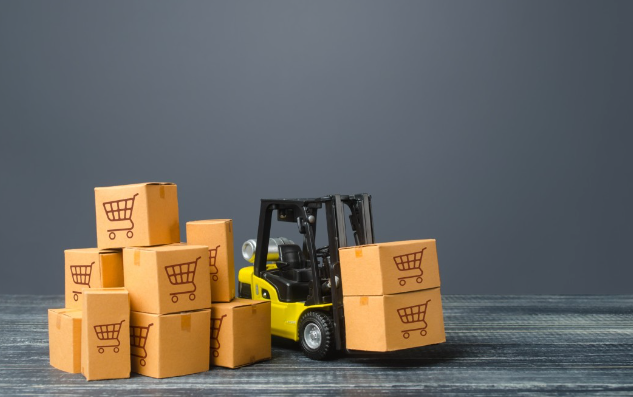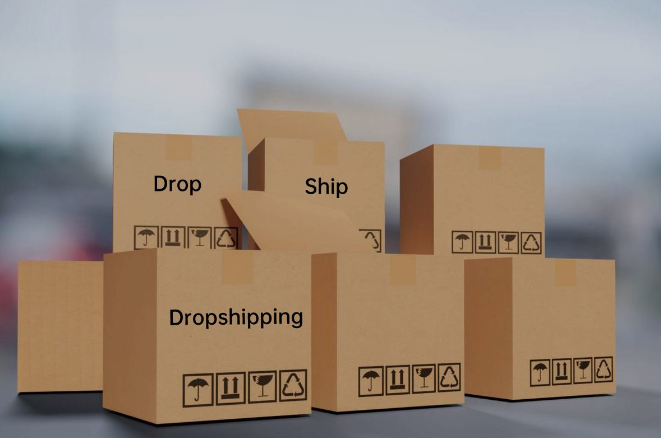In the dynamic world of e-commerce, dropshipping has become a favored business model for entrepreneurs seeking to minimize risk and investment. Shopify, as a leading e-commerce platform, offers a powerful framework for dropshipping, enabling users to automate processes and focus on scaling their businesses. This article outlines how to streamline your dropshipping process on Shopify effectively.
Understanding Dropshipping
What is Dropshipping?
Dropshipping is a retail fulfillment method where a store does not keep the products it sells in stock. Instead, when a product is sold, the store purchases it from a third party and has it shipped directly to the customer. This model significantly reduces overhead costs and eliminates the need for inventory management, making it an attractive option for new entrepreneurs.
Benefits of Dropshipping on Shopify
Low Startup Costs: No need for significant upfront investment in inventory.
Flexibility: Operate from anywhere with internet access.
Wide Product Range: Access millions of products through various suppliers.
Scalability: Easily scale your business without the constraints of physical inventory.
Setting Up Your Shopify Store
Creating Your Store
Start by signing up for Shopify and selecting a store name that reflects your brand. Choose a visually appealing theme that aligns with your identity.
Configuring Essential Settings
Set up payment gateways like PayPal or Stripe for transactions, define shipping rates and policies (consider offering free shipping), and create clear return, refund, and privacy policies to build customer trust.

Integrating Dropshipping Apps
Choosing the Right App
Select from various dropshipping apps available on Shopify, such as DSers for AliExpress sourcing, Spocket for US and European suppliers, or Zendrop for customizable packaging options.
Importing Products
Once your app is installed, browse its product catalog, select items to sell, and import them into your Shopify store. Customize product descriptions and images to make them unique.
Streamlining Order Management
Automating Order Fulfillment
Leverage automation features in your dropshipping app. When an order is placed, the app forwards details to the supplier who processes and ships the order directly to the customer. This minimizes manual work and speeds up fulfillment times.
Monitoring Orders and Customer Support
Utilize tracking features within your app to keep customers informed about their order status, enhancing their shopping experience.

Dropshipping With Fast Delivery
Marketing Your Dropshipping Store
SEO Optimization
To attract organic traffic, use relevant keywords in product titles and descriptions. Create blog content addressing customer pain points related to your products and optimize images with alt text.
Social Media Marketing
Promote your products on platforms like Instagram and Facebook. Create engaging posts, use targeted ads to reach potential customers based on interests, and collaborate with influencers for broader exposure.
Email Marketing
Build an email list by offering discounts or free resources. Use tools like Mailchimp or Klaviyo to send newsletters featuring new products or promotions.
Analyzing Performance
Using Analytics Tools
Shopify provides built-in analytics tools to track key performance indicators (KPIs) such as sales volume and conversion rates. Regularly review these metrics to identify areas for improvement.
A/B Testing Strategies
Experiment with different marketing strategies or website layouts. Test variations of product descriptions or images and analyze which changes lead to higher conversion rates.
Scaling Your Dropshipping Business
As your business grows, consider diversifying your product offerings by adding complementary items or exploring new niches. Partnering with multiple suppliers can mitigate risks associated with stock shortages or shipping delays while allowing you to offer a broader range of products. Additionally, automate customer service using chatbots or automated email responses for common inquiries.
Conclusion
Effortless dropshipping on Shopify is achievable through careful planning, effective use of technology, and strategic marketing efforts. By leveraging automation tools, optimizing your store for search engines, and continuously analyzing performance metrics, you can streamline your dropshipping process and pave the way for sustained growth in the competitive e-commerce landscape.


